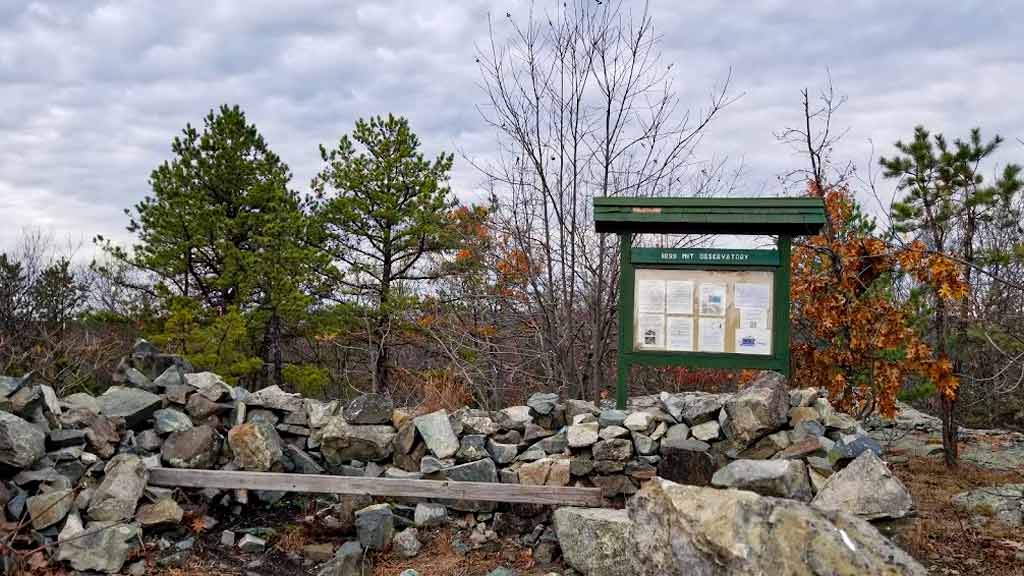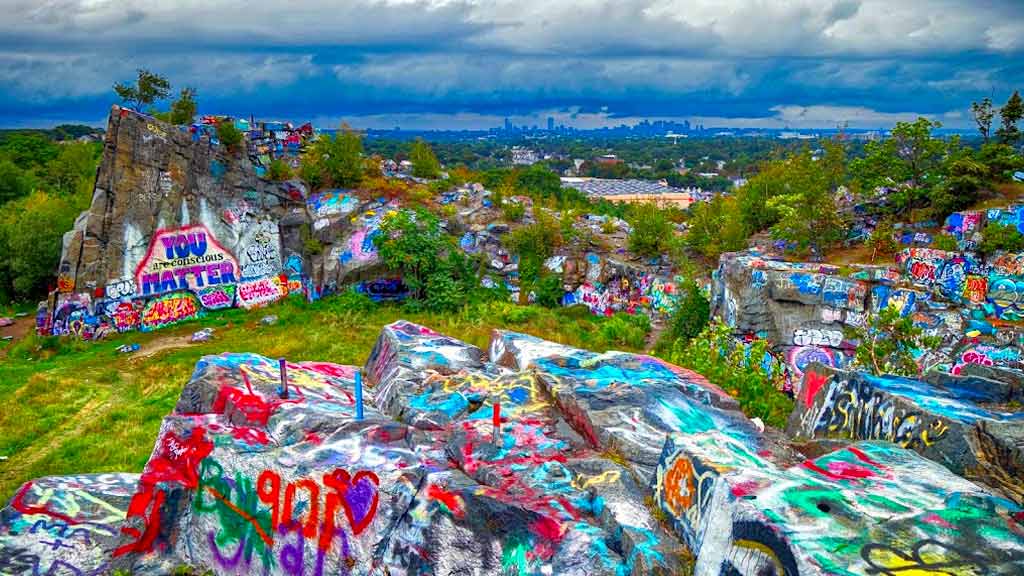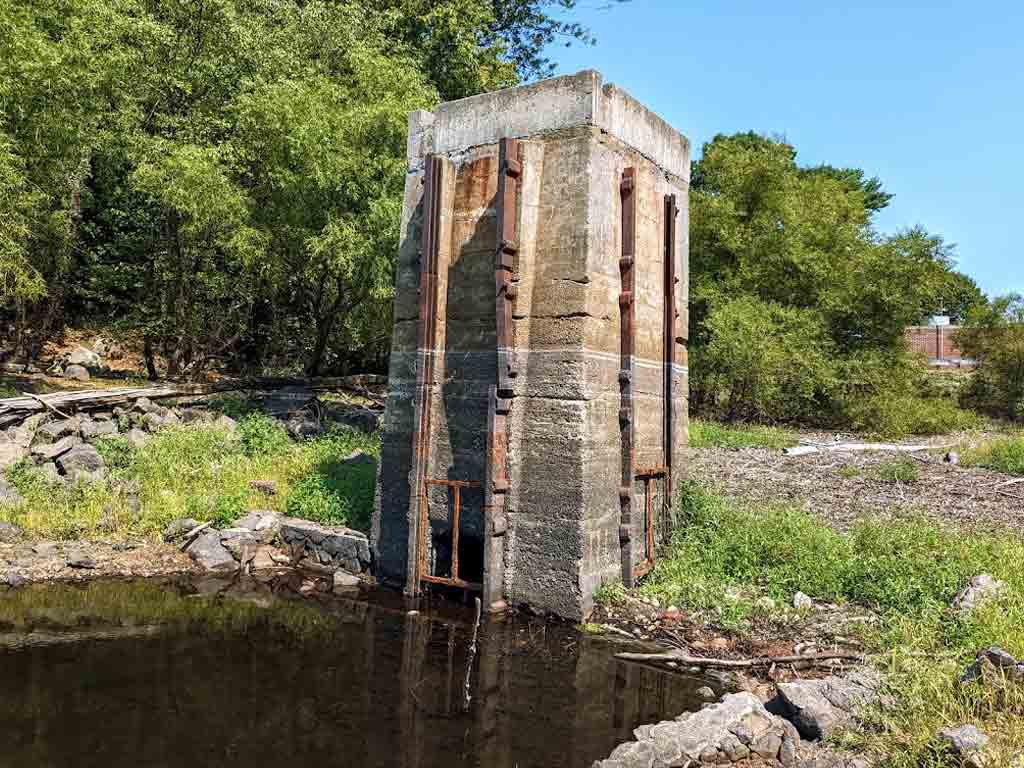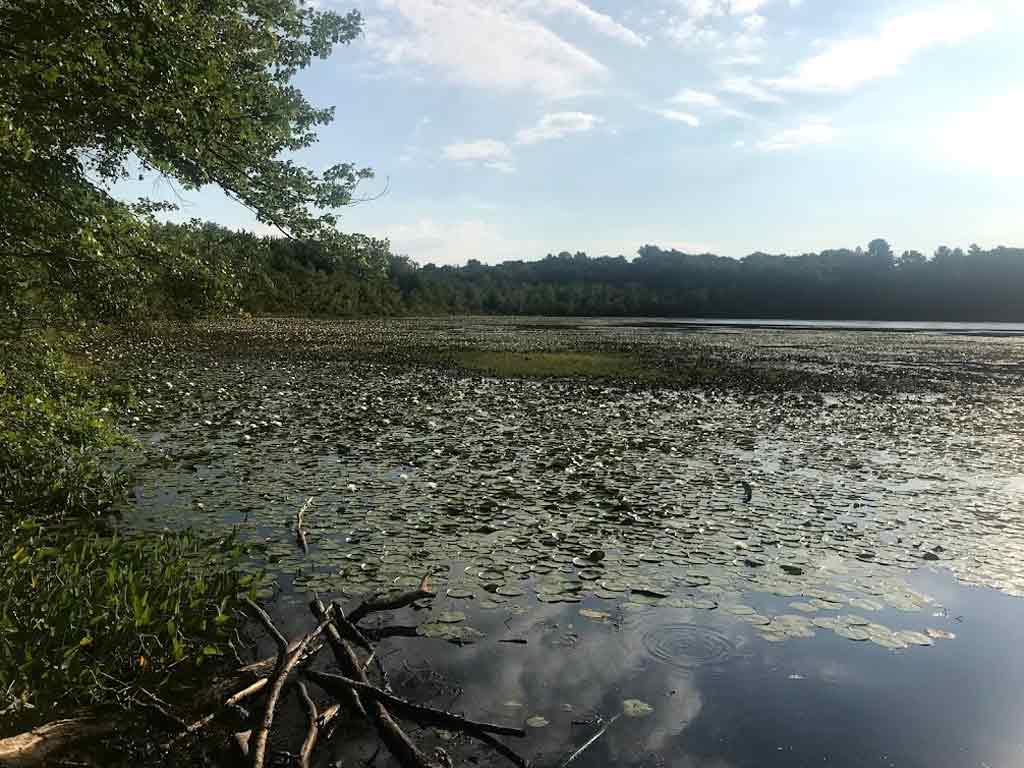Boston isn’t just about historic landmarks and bustling city life; it’s also a gateway to some incredible outdoor adventures.
For those who crave the thrill of bouldering combined with the serenity of hiking, the areas around Boston offer some fantastic spots.
Whether you’re a seasoned climber or a weekend warrior, these locations promise a perfect blend of challenge and natural beauty.
Discovering the best bouldering hike spots near Boston means uncovering hidden gems that cater to all skill levels.
These trails not only provide a great workout but also immerse you in the stunning landscapes of New England. Ready to lace up your hiking boots and chalk up your hands? Let’s explore the top five bouldering hike spots that should be on every adventurer’s radar.
Top 5 Best Bouldering Hike Spots Near Boston
If you’re looking for the best bouldering spots near Boston that also offer great hiking trails, here are the top five options to consider:
1. Middlesex Fells

Middlesex Fells, a sprawling 2,000-acre park just 7 miles outside Boston, offers over 260 accessible bouldering routes.
Climbers here witness crags reaching up to 80 feet, composed of pre-glacial volcanic rock that’s highly graspable. This makes it an ideal spot for beginner and intermediate climbers.
The place is easily accessible via the Orange line to Oak Grove station or by car through the visitor center on Woodland Road. Even more enticing, the summit provides a stunning view of the Boston skyline.
During winter, the frozen conditions along the rocks offer a safe environment for ice climbing practice.
This combination of year-round climbing opportunities and accessibility makes Middlesex Fells a top destination for outdoor enthusiasts around Boston.
2. Quincy Quarries

Quincy Quarries, known as “The Q,” is a prime bouldering spot near Boston, featuring a historic 85-foot granite slab adorned with graffiti.
It offers a range of climbing options, including the popular C Wall with climbs ranging from 5.6 to 5.9. The site has 128 routes in total, with the challenging 5.12 route “Thank You, Scott” attracting experienced climbers.
Easily accessible via I-93 south and Ricciuti Drive, Quincy Quarries is a highly recommended destination for serious boulderers.
But that’s not all; another excellent bouldering location is Hammond Pond Reservation. Nestled within Newton, this spot offers a variety of climbing challenges amidst serene natural settings.
The rock formations here are particularly popular due to their unique shapes and difficulty levels, ranging from V0 to V7.
With over 50 established routes and its proximity to the city, Hammond Pond is ideal for both beginners and seasoned climbers.
3. Lynn Woods

Located in the beautiful North Shore, Lynn Woods is a top bouldering hike spot near Boston. It boasts over 1,300 bouldering routes, ranging from V2s to V9s.
The forested area spans 2,200 acres and offers more than 40 miles of established hiking trails. With many undeveloped rocks, it’s perfect for those who love creating new routes.
Lynn Woods also features a historic dammed pond established in 1878, adding a touch of New England history to your adventure.
To get there, take Route 129 Eastbound to Lynnfield and follow signs to Great Woods Road until you reach the parking lot.
4. Rattlesnake Rock

Rattlesnake Rock, located in the Blue Hills Reservation in Braintree, MA, offers an excellent bouldering experience just miles from Boston.
Visitors need to walk about three-quarters of a mile from the parking lot near Shea Ice Skating Rink to reach the rocks.
The main climbing area consists of three granite cliffs The Overlook, The Playground, and The Ship’s Prow ranging from 30 to 40 feet tall.
Climbers can find a mix of toprope, trad, and bouldering options, with a few sport climbs. The diversity of routes, including cracks, chimneys, overhangs, and slabs, caters to all skill levels.
Rattlesnake Rock is also a great spot to beat the crowds, especially when Quincy Quarries gets busy on weekends.
It combines thrilling climbs with the serene beauty of nature, making it a must-visit for any climbing enthusiast.
5. Hammond Pond

Hammond Pond offers 200 established climbing routes, with two-thirds dedicated to bouldering. It’s ideal for learning toproping due to its relatively short climbs.
The puddingstone rock, rich in minerals, provides a unique hand feel and appearance. The Alcove is the main slab, featuring over a dozen fun routes.
Visitors can enjoy a quick 30 to 60-minute nature escape, perfect for afternoon or lunchtime getaways.
Accessible via the Green Line to Chestnut Hill or by car via Route 9 to the Hammond Pond Parkway exit, this location ensures a hassle-free trip.
Whether you’re a novice or an experienced climber, Hammond Pond delivers a diverse bouldering experience. Its easily accessible trails and scenic surroundings add to its charm, making it a must-visit.
Things to Consider for Selecting Bouldering Hike Near Boston
When selecting a bouldering hike near Boston, there are several key factors to consider to ensure a safe, enjoyable, and fulfilling outdoor experience.
Here are some important aspects to keep in mind:
Skill Level and Experience
When selecting a bouldering hike near Boston, it’s essential to assess your climbing skills and experience level.
Choosing locations that match your abilities, whether you’re a beginner, intermediate, or advanced climber, will enhance your overall experience.
Additionally, checking the difficulty ratings of the bouldering routes can help you find climbs that challenge you without exceeding your skill level.
Accessibility
Consider how far the bouldering area is from Boston. Some spots may require a longer drive or hike to reach the climbing sites.
Ensure you have reliable transportation and check parking availability, including any potential fees or regulations at your chosen location.
Trail Conditions
Evaluate the maintenance and conditions of the hiking trails leading to the bouldering spots. Look for trails that are well-maintained and have clear signage.
Research recent trail conditions, especially after heavy rain or snow, to ensure a safe journey. Additionally, consider the terrain; steep, rocky, or uneven trails may require more experience and caution.
Environmental Considerations
Certain areas may have seasonal restrictions due to weather conditions or wildlife habitats. It’s important to check if the location is accessible year-round or if there are any seasonal closures.
Familiarizing yourself with Leave No Trace principles can help minimize your impact on the environment. This includes packing out all trash and respecting local wildlife.
Safety and Gear
Having the necessary safety gear is crucial. Make sure you are equipped with crash pads, climbing shoes, helmets, and first-aid kits to enhance your safety while bouldering.
Consider going with a partner or group, especially if you are new to bouldering. Having someone else with you can provide support and enhance safety during your climbing adventure.
Amenities and Facilities
Checking for restrooms or water sources near the hiking or bouldering area is important for a comfortable experience.
Access to these amenities can significantly improve your outing. Look for nearby services such as restaurants, stores, or gas stations to make your day easier and more enjoyable.
Community and Resources
Engaging with local climbing communities or forums can provide valuable insights into the best bouldering spots and current conditions.
Local climbers can offer advice and recommendations tailored to your needs. Utilizing climbing guidebooks or mobile apps can also provide detailed information about specific bouldering areas, including route descriptions and useful tips.
Weather Conditions
Always check the weather forecast before heading out. Rain, snow, or extreme temperatures can affect both hiking and climbing conditions, making it vital to plan accordingly.
Consider how the temperature and wind may impact your comfort level during the hike and while climbing.
Frequently Asked Questions
Where is Middlesex Fells located, and what does it offer?
Middlesex Fells is a 2,000-acre park located 7 miles outside Boston. It features over 260 bouldering routes, crags up to 80 feet high, and year-round climbing opportunities, including ice climbing in winter.
What makes Quincy Quarries a popular bouldering destination?
Quincy Quarries, known as “The Q,” offers an 85-foot granite slab with 128 routes, catering to various skill levels. It’s easily accessible off I-93 and attracts many bouldering enthusiasts.
Are there any undeveloped bouldering routes in Lynn Woods?
Yes, Lynn Woods has over 1,300 bouldering routes and many undeveloped rocks suitable for creating new routes. The area spans 2,200 acres and includes more than 40 miles of hiking trails.
How accessible is Rattlesnake Rock in Blue Hills Reservation?
Rattlesnake Rock, located in Blue Hills Reservation, is approximately three-quarters of a mile from the parking lot. The area features three granite cliffs ranging from 30 to 40 feet tall.
Why is Hammond Pond a convenient spot for bouldering?
Hammond Pond offers 200 climbing routes, ideal for learning toproping due to their short length. It’s accessible via the Green Line to Chestnut Hill or by car, making it perfect for quick trips.
Conclusion
The best bouldering hike spots near Boston offer an array of adventures. From the expansive Middlesex Fells with over 260 routes to the historic Quincy Quarries featuring an 85-foot granite slab, each site provides unique challenges.
Lynn Woods boasts 1,300 routes in a vast, forested area, while Rattlesnake Rock in Blue Hills Reservation provides quieter climbs on 30 to 40-foot cliffs.
Finally, Hammond Pond’s short climbs and accessibility make it perfect for quick trips. Each location ensures memorable experiences in stunning New England landscapes.
Whether you’re an experienced climber or just starting, these spots cater to all skill levels. Prepare your gear, check the weather, and get ready to explore the best bouldering that Boston has to offer.
Laura Chassaigne